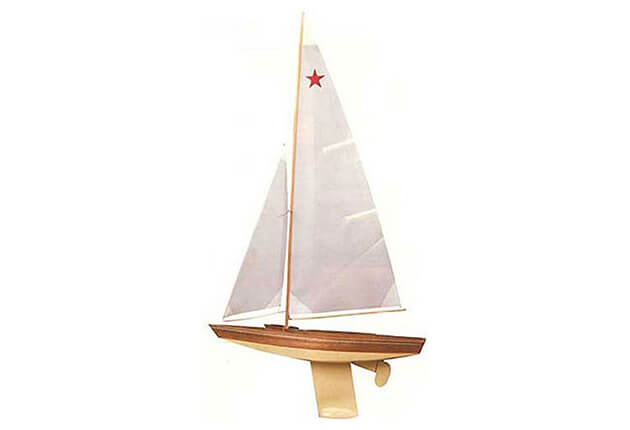Posted: 10/5/18


Sailboats
A sailboat gets its power from the force of the wind. Large sails catch the wind and move the boat in the same manner as a full-size sailboat. R/C sailboats range in size from less than twenty inches in length to 40 inches long. A sailboat's mast can tower up to 79 inches (over 6 feet) above the water!


Airboats/Swamp Buggies
An airboat is powered by an airplane engine and a prop that's mounted high above the stern. Hull bottoms are flat (or nearly so); steering power may come from a water rudder, vanes on the fan, or both.
Types of Power:
Electrics are perfect for beginners because they're easy to control, easy to maintain and the most affordable. All are virtually ready-to-run (RTR), with a Brushed or a more powerful Brushless Motor, radio system, battery and more, so you can get out on the water almost as soon as you open the box. No matter what boat you choose, remember that's it's all about having fun!
Glow, or Nitro-Powered, models are ideal for thrill-seekers looking for a fun way to "step up" their boating skills. Nitro boats can range from easy-to-enjoy RTRs to do-it-yourself kits. Due to their high-performance design, they are more difficult to control and more expensive to maintain than electrics. Yet, many boaters find that all the extra effort is worth it when they reach the finish line first!
Gas-Powered models are the largest, most powerful of all racing boats. Even if you choose an RTR, their 2-stroke engines are more complicated than what you find on a nitro or an electric. However, they are actually less expensive to operate and maintain than a nitro boat. Note: before considering a gas boat, we suggest that you not only know how to keep it in control, but also know how to make any repairs or modifications.